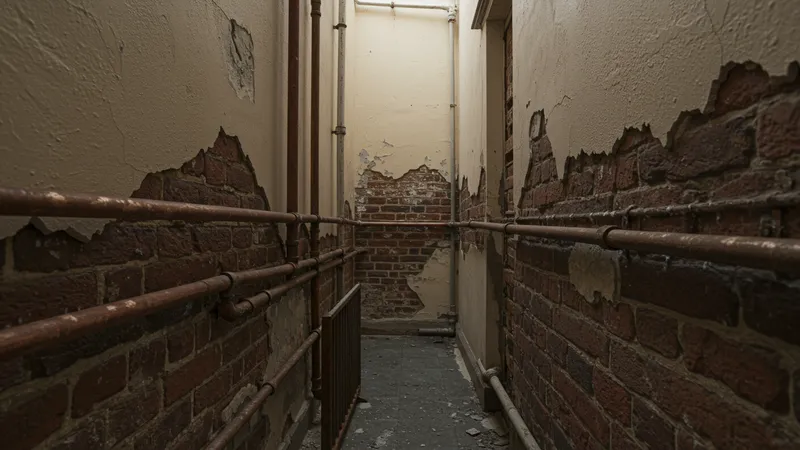
Pipe Corrosion In Older UK Homes: Costs, Risks, And Insurance Coverage
Decades-old homes throughout the United Kingdom often conceal an invisible problem within their walls: the gradual breakdown of metal plumbing, known as pipe corrosion. This process occurs as water, air, and minerals react with the metal—most commonly copper or steel—leading to the formation of rust and mineral deposits. Over time, even the most robust Victorian-era pipes can succumb, resulting in structural issues, unexpected leaks, and costly water damage. Understanding the various dimensions of pipe corrosion is important for those living in period properties, particularly when calculating repair costs, assessing property risk, and evaluating insurance coverage options.
Pipe corrosion doesn’t just pose a threat to water quality or pressure—it can become an expensive issue with far-reaching implications for homeowners. The wear on plumbing in older UK homes intensifies with age and frequent use, making it imperative for anyone in period properties to become familiar with the warning signs, expected costs for repair or replacement, and how these risks might affect their insurance status. Some homeowners are surprised to discover that not all insurance policies cover issues arising from aged, corroded plumbing.

- British Gas Plumbing & Drains Cover: Comprehensive protection covering pipe leaks and corrosion-related repairs. Estimated annual cost: £180–£240.
- Co-op Home Insurance: Policies with optional “trace and access” cover, useful for older pipework. Typical annual premium: £170–£260.
- Direct Line Home Insurance: Includes accidental damage options for burst or corroded pipes. Expect premiums from £150–£240 per year.
In the UK, certain policies—like British Gas Plumbing & Drains Cover—specifically address failures stemming from internal corrosion by covering repairs to both visible and concealed pipework. Others, such as Co-op Home Insurance, offer add-ons such as “trace and access” cover to locate hidden leaks, a common consequence of pipe corrosion in older residences.
Direct Line Home Insurance stands out for its flexibility, giving property owners choices to include accidental damage protection. This is especially relevant when an ageing pipe unexpectedly bursts due to corrosion, as the costs can quickly escalate into the thousands once water escapes and damages interiors.
The average cost to repair corroded pipes in a typical UK period home ranges from £300 for minor repairs to £4,000–£7,000 if extensive pipe replacement is required. Older houses with inaccessible piping (e.g., beneath floorboards) or listed building restrictions can see costs rise, especially if specialist restoration is needed to preserve heritage features.
Despite proactive cover, many policies have clauses excluding gradual wear-and-tear, underscoring the importance of regular plumbing inspections and maintenance records. Without documented upkeep, homeowners may face challenges when submitting corrosion-related insurance claims.
For owners of UK homes built pre-1970, understanding how the gradual breakdown of pipes can ripple through property value, repair costs, and insurance options is essential. The deeper details reveal even more valuable insights ahead—especially for those hoping to avoid unpleasant surprises lurking beneath the floors and behind the walls.